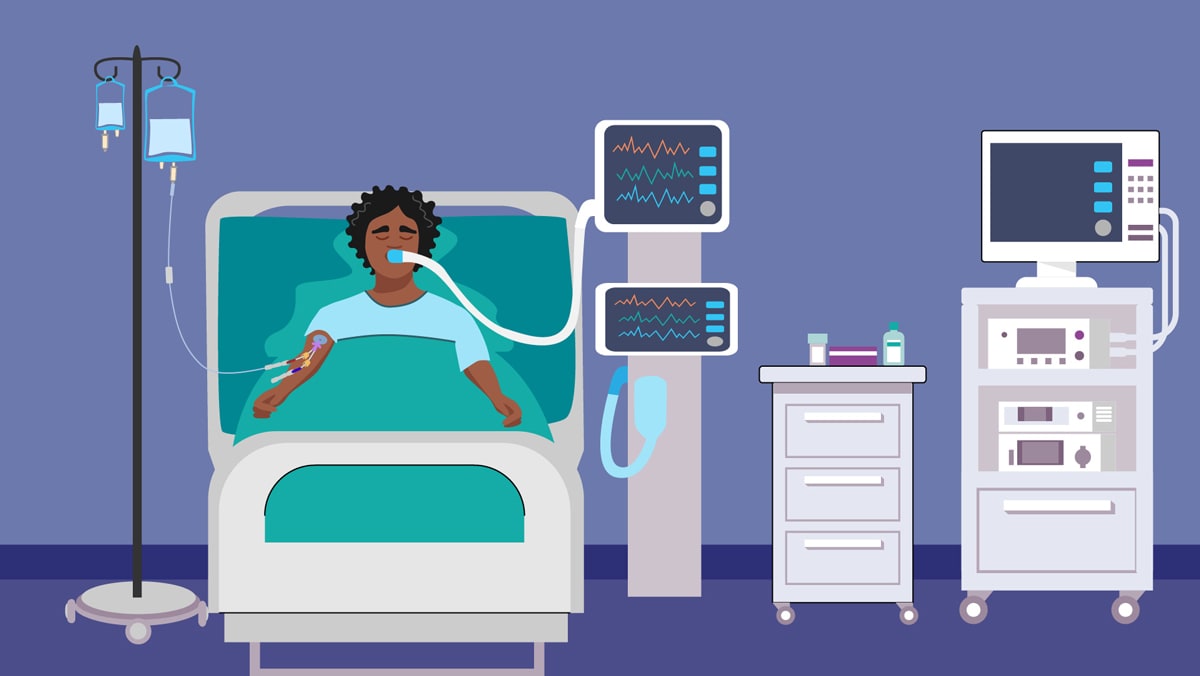Key points
- Only take antibiotics or corticosteroids as prescribed by a healthcare provider and take them exactly as directed.
- Wearing cotton underwear can help prevent vaginal candidiasis (yeast infections).
- Good oral health helps prevent candidiasis in the mouth, throat, and esophagus.
- Antifungal medications and infection control practices help prevent invasive candidiasis.

Prevention tips
Vaginal candidiasis (yeast infections)
Many women will get vaginal candidiasis at some point in their lives. There are some ways to reduce the risk, such as:
- Wear cotton underwear.
- Wear breathable clothing (not too tight).
- Keep the area clean and dry.

Candidiasis of the mouth or throat (thrush)
Ways to help prevent candidiasis in the mouth and throat include:
- Maintain good oral health.
- Rinse your mouth or brush your teeth after using inhaled corticosteroids.
Risk from medications
Invasive candidiasis prevention
Invasive candidiasis tends to occur among hospitalized patients.

Healthcare providers may prescribe antifungal medications to help protect some patients from developing invasive candidiasis (i.e. antifungal prophylaxis). This is often recommended for:
- Some organ transplant patients
- Certain patients in the intensive care unit (ICU)
- Patients who are on certain types of chemotherapy or have low white blood cell counts (neutropenia)
- Patients who have a stem cell or bone marrow transplant and have low white blood cell counts (neutropenia)
- Some doctors may also consider giving antifungal prophylaxis to very low birth weight infants (less than 2.2 pounds) in nurseries with high rates of invasive candidiasis.
Patients and families can take some steps to help prevent invasive candidiasis. Patients and families can:
- Talk to your healthcare provider if you are given a central venous catheter (central line) to learn how to keep it protected.
- Tell your doctor if the skin around the catheter becomes red or painful.
- Tell your doctor if the skin around the catheter becomes red or painful.
- Wash hands frequently with soap and water or alcohol-based hand sanitizer.
- Learn more tips about What You Can Do to Be a Safe Patient.
Healthcare providers can follow CDC-recommended infection control practices every time they work with a central line. For more prevention information, please visit CDC's Healthcare-Associated Infections website.
